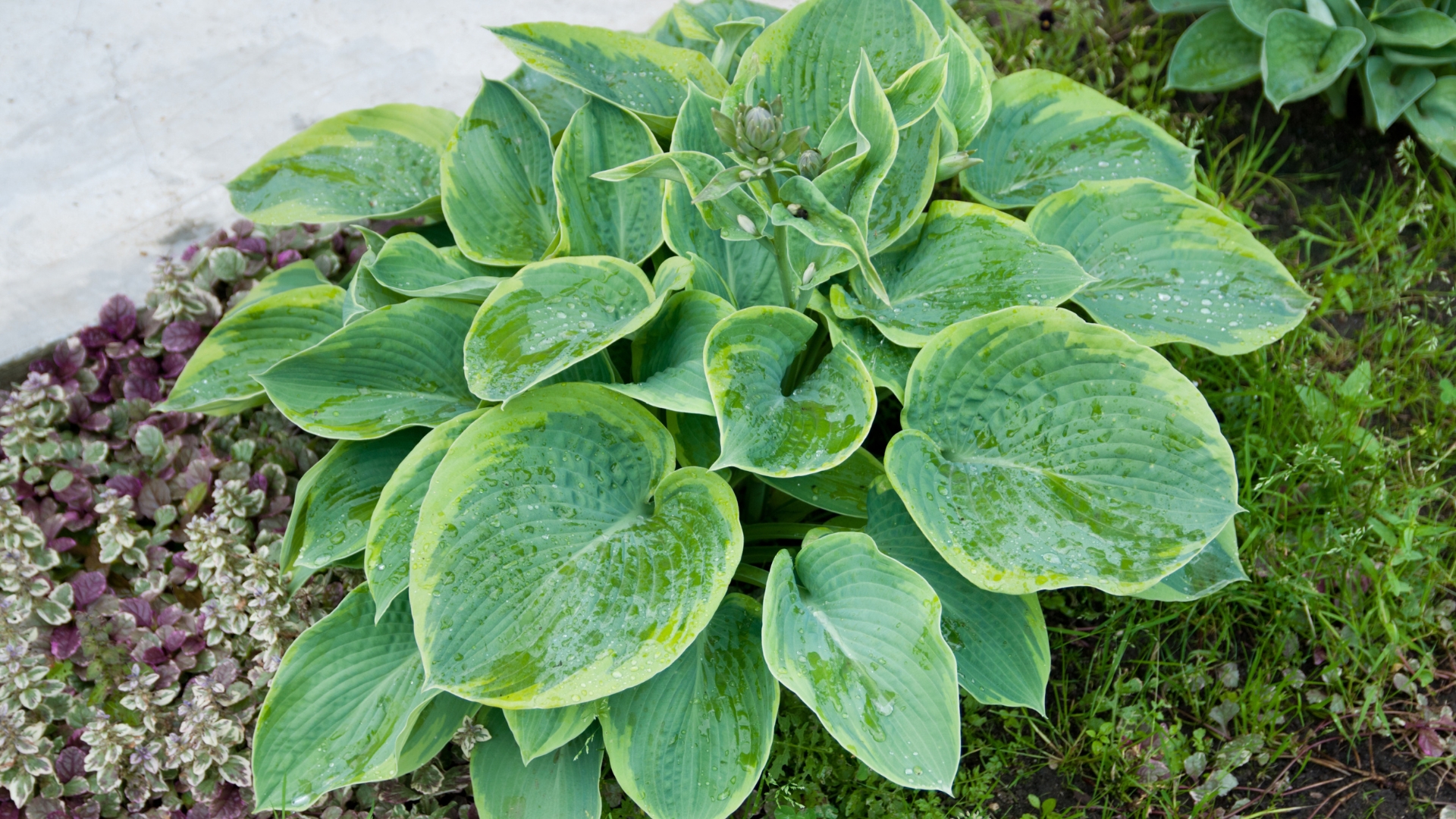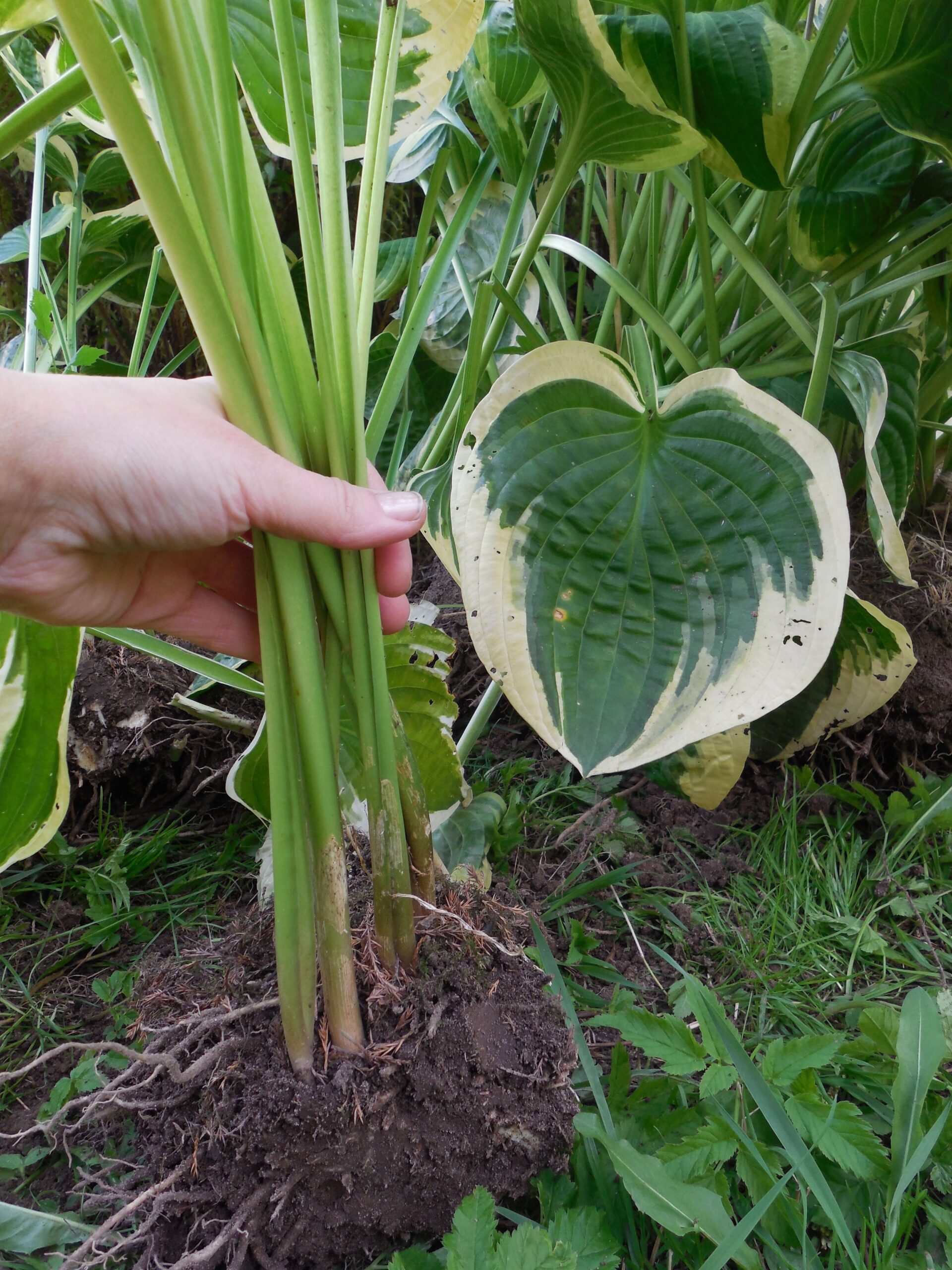Lovely hostas are definitely the best (and my favorite) part of fall gardens. Their large and lush leaves are undoubtedly the ones responsible for such popularity.
But sometimes our hostas need a new spot or we simply want more of them, so many gardeners ask themselves: when is the ideal time to transplant hostas?
Let me tell you, the answer is simple: transplant your hostas in the fall and enjoy the most beautiful display once the new season begins.
Having doubts about it? Then let me explain to you why this is the best possible move!
Why Is Fall Transplantation The Key To Thriving Hostas?
Believe it or not, the reason why fall transplantation works for hostas is hardiness. Yes, these plants are very hardy, and moving them right now won’t do any harm.
They’re super easy to maintain and with a bit of shade and moist soil they’ll be healthy and happy for many years to come.
Hostas are also ideal plants for containers, so you can still grow them even if you have limited space.
Once the fall arrives, you can cut back your hostas or transplant them to a new location. For the second option, start with selecting a perfect spot for your hostas.
My hostas are in the shady part of my garden and they don’t complain about it. The leaves are large and healthy, and the plant displays new growth all season long.
I divide and transplant my hostas every year because I get new plants for free and my old hostas grow better.
And now the only thing left to discuss is how exactly to transplant hostas.
This Is How You Should Do It
No matter if you grow shade-loving or sun-loving hostas, the transplantation process is pretty much the same.
Once you find the spot, take your spade and clean it well. Cut a circle all around your hosta and then lift the plant, making sure you don’t disturb the roots.
Now dig a hole that’s approximately twice as wide as the rootball of your plant.
I always add a little fertilizer into the hole to boost the nutrient levels as hostas desperately need them at this point.
Now, put your hosta in the hole and add more soil so the eye of the plant is in line with the ground level. Remember, this central part is responsible for leaf support.
The last thing you should do to your hostas before winter is mulch them. It’ll keep the plants warm and protect them from cooler weather.
And just like that, you’re all set! Now you know why fall is the golden opportunity to transplant hostas. All that’s left is to watch the lush, vibrant foliage steal the show next year. Good luck!



